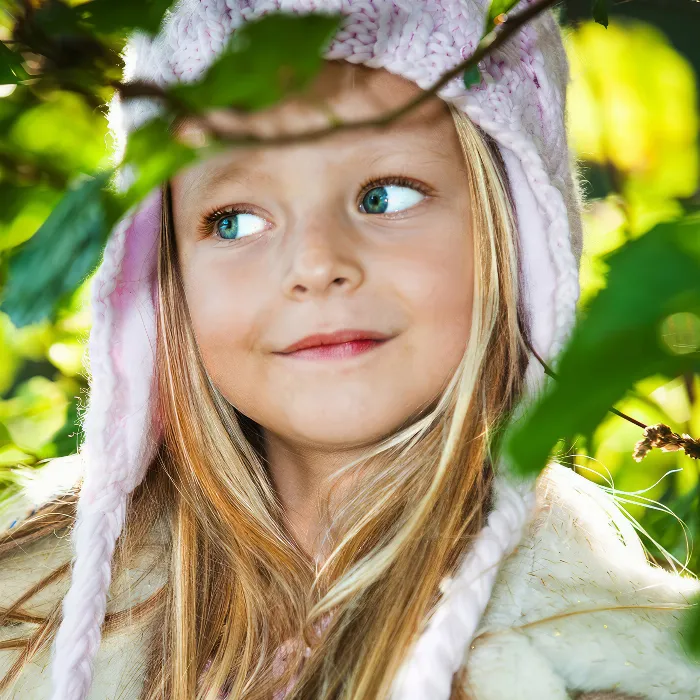Part 1: Introduction
Part 2: The right equipment
Part 3: The happy photo shoot
Part 4: From baby bump to teenager
Part 5: Taking photos indoors
Part 6: Outdoor photos
Part 7: Family life
Part 8: Tips and tricks (I)
Part 9: Tips and tricks (II)
Perspectives
Image composition
Giving free space
Courage to get close
Parents at a photo shoot
Practice makes perfect
Photos against boredom
Race against time
Constant image analysis
Part 10: Archiving, editing and presenting children's photos
Text: Jens Brüggemann
Photos by: Jens Brüggemann (147), Leonie Ebbert (44), Elli Bezensek (61), Radmila Kerl (26), Ramona Prosch (5) and Kay Johannsen (4)
Sketches: Jens Brüggemann (27)
Part 9: Tips and tricks (II)
Perspectives
What is the "right" point of view?
(Photo: Jens Brüggemann)
Children are more likely to be perceived as children by the viewer if the photographer takes the picture from above, from their natural standing position. The "little ones" automatically look up towards the camera, the perspective tells us that this is a young person, a typical child, looking up at us adults.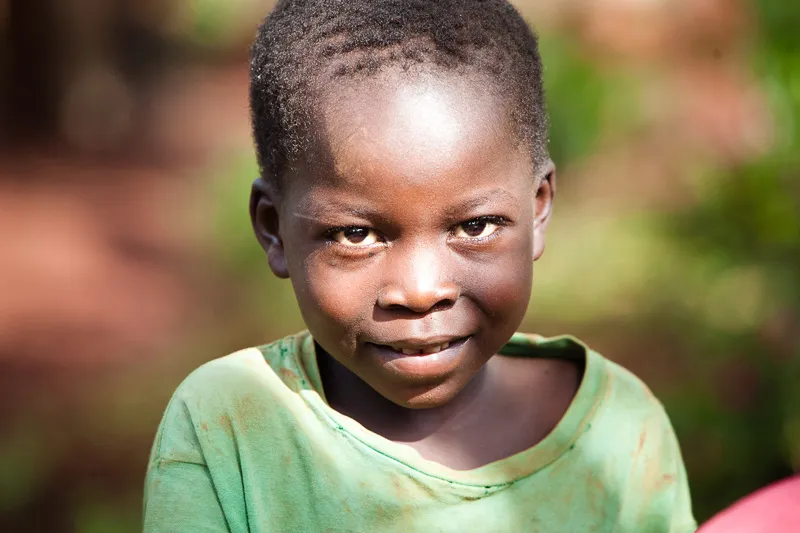
(Photo: Radmila Kerl)
However, looking up at the camera from "below" can also be interpreted as submissive or even inferior. Therefore, in many situations, a camera position at eye level with the young models will be appropriate, making them appear much more "grown-up".
(Photo: Radmila Kerl)
Especially as a very low camera position is generally very interesting, for the simple reason that this view (unless you are one of those lazy people on the lawn of the English Garden in Munich) is rather unusual for us.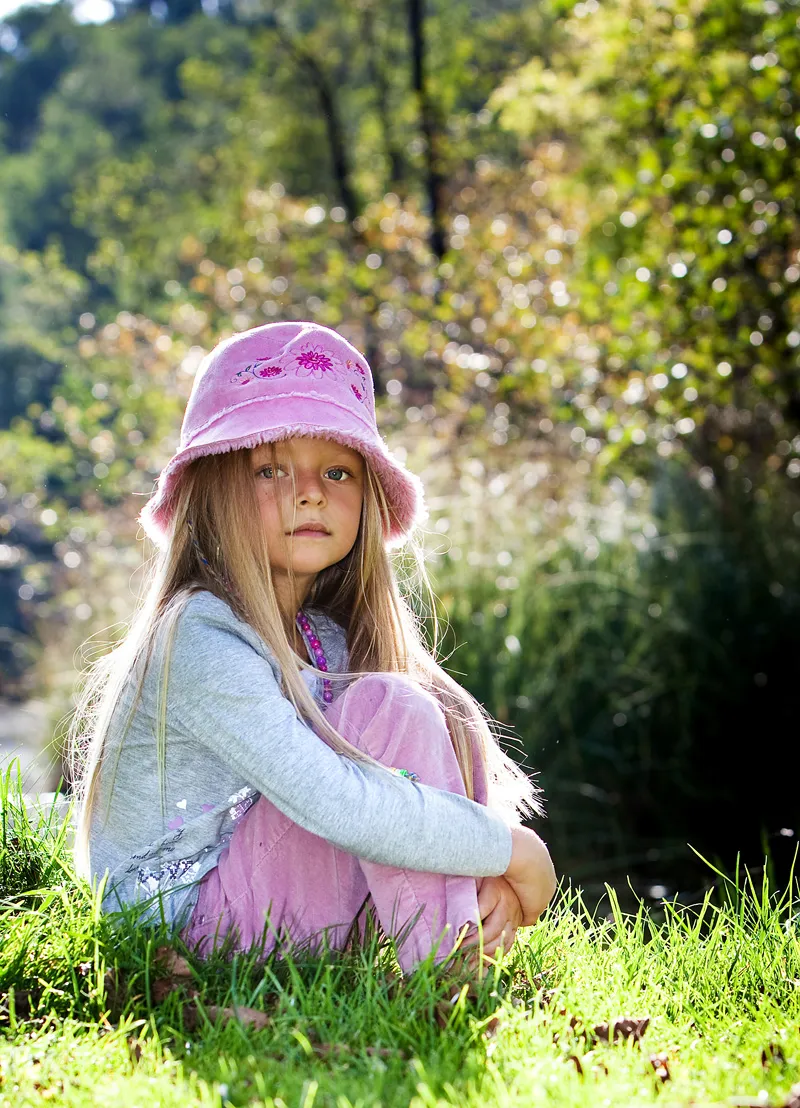
(Photo: Radmila Kerl)
Image composition
Learn the rules?
Or would you rather trust your gut feeling?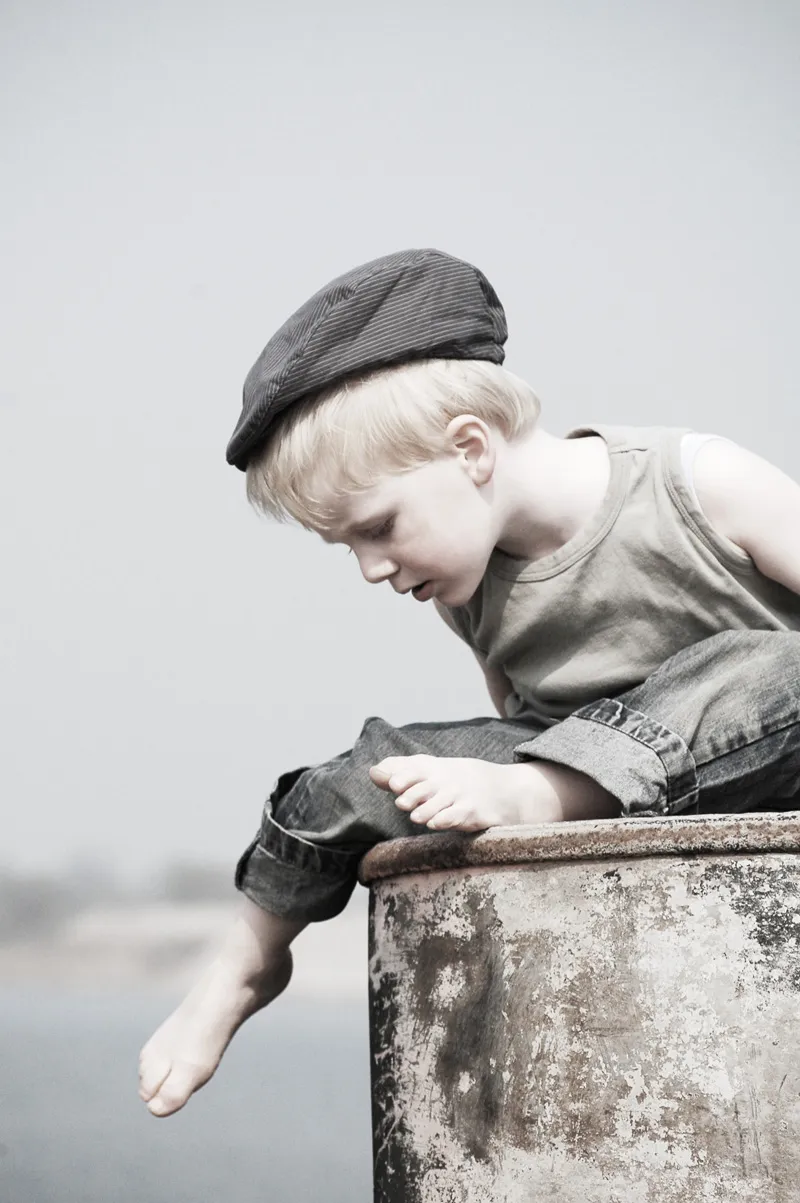
(Photo: Leonie Ebbert)
There are quite a few image composition rules, and years ago I memorized them all - and understood most of them, by the way. But I never used them. At least not consciously.
If I were to go through all the image composition rules in my mind before taking each photo, I would never get around to pressing the shutter. The best motifs would be long gone, irretrievably vanished. This is especially true when photographing children.
Over time, you get a "feel" for design and composition. It is not always the "golden ratio" that leads to the optimum result. Although the image composition rules can help to achieve a better result in many cases, they are not a guarantee. I believe that every good photographer photographs intuitively and that the image composition rules are attempts to explain why some photos have a better effect on the viewer than others. I don't see these rules as a guide to better photography. In my opinion, it is more important to train your own "seeing"! And that includes looking at lots of good photos.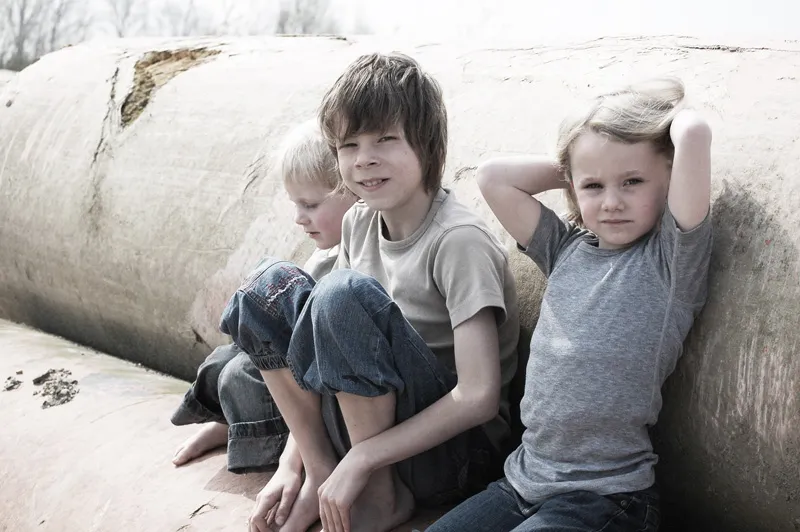
(Photo: Leonie Ebbert)
Also: Which is the better point of view? Which is the better composition? The first photo was taken with the Canon EOS 5D Mark II, equipped with a 2.8/70-200mm, at ISO 200 and manual setting of time and aperture. Shutter speed: 1/125 second. The focal length was set to 150mm (Blender 5.0).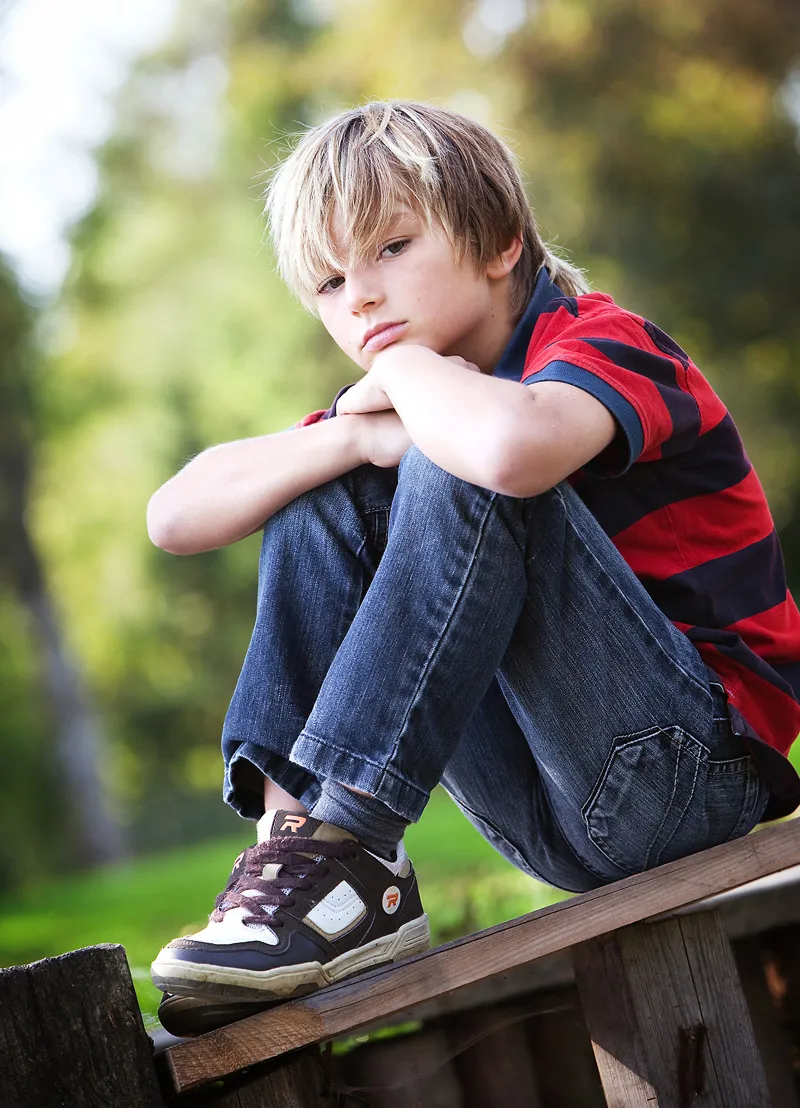
(Photo: Radmila Kerl)
The second photo has the same data, but was photographed with the focal length set to 70mm.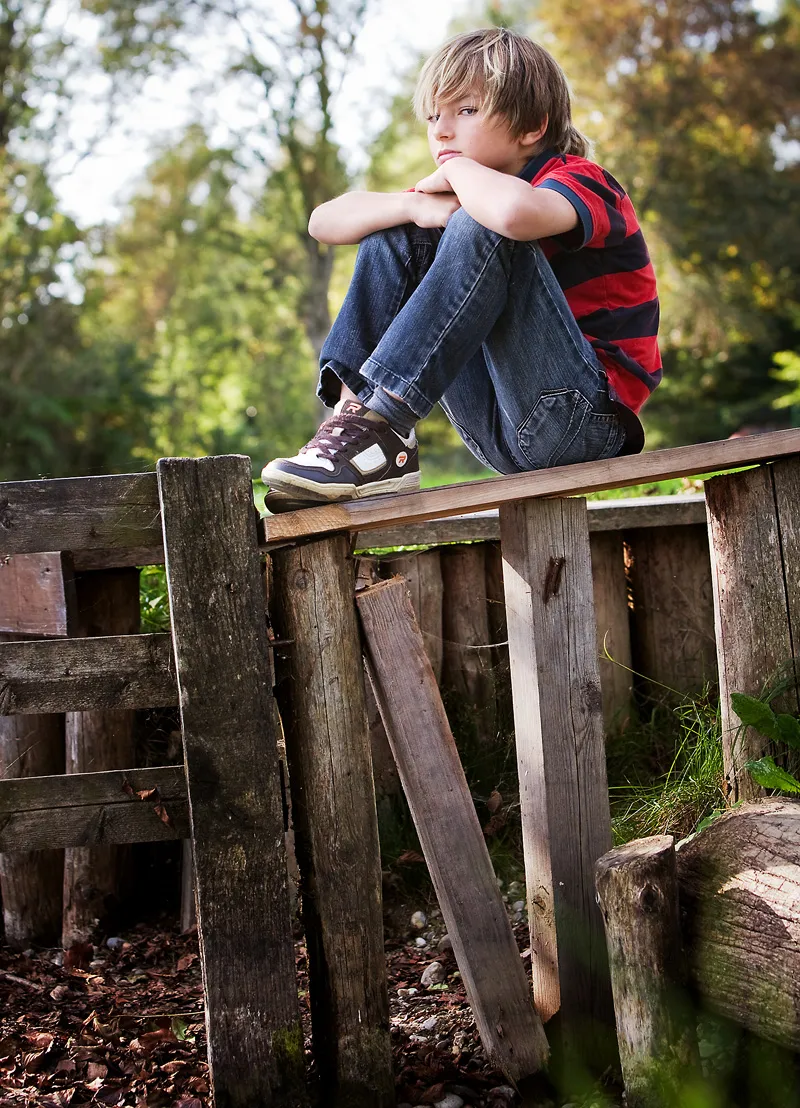
(Photo: Radmila Kerl)
As this example shows, it is not always possible to rank photos in terms of their rating. But this is exactly what the image composition rules require. It is therefore better to trust your gut feeling and, if in doubt, take a few different photos so that you can choose the best one later on the computer at your leisure.
Give them space
Children hardly ever keep still, at least not the younger ones. That's why it's a good idea to plan a larger image section from the outset, although this will make it necessary to edit these photos in post-production using an image editing program ...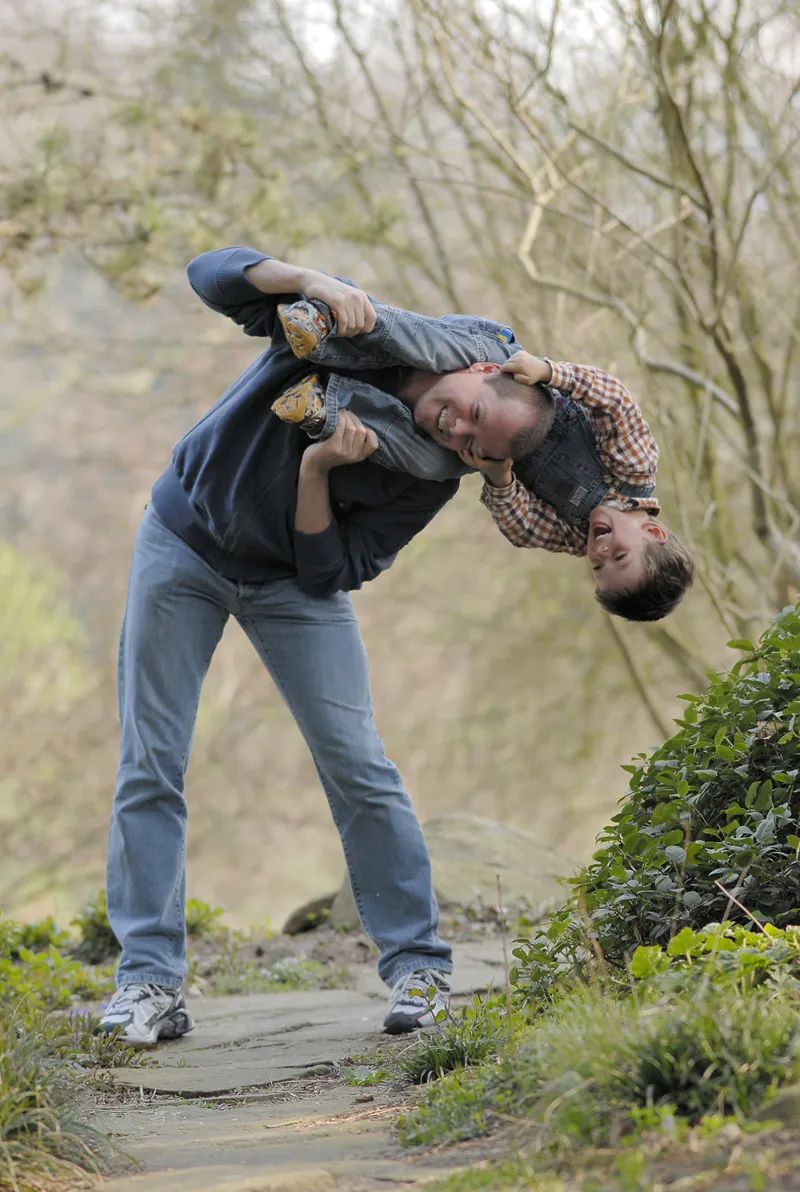
(Photo: Jens Brüggemann)
... and also leads to a loss of quality, as the cropping of the photo means that the full number of pixels available on the sensor is not used.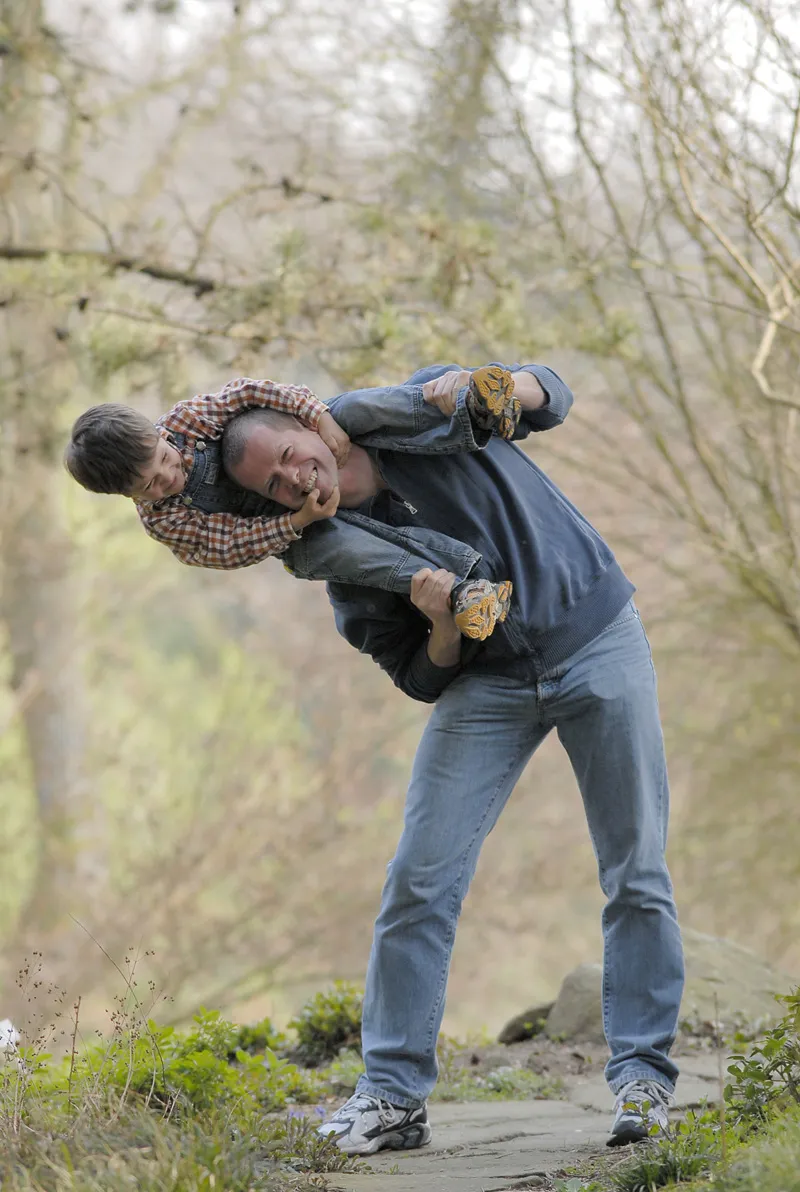
(Photo: Jens Brüggemann)
So always set your camera to the best possible image quality at the highest resolution (maximum image size), even if you only intend to use the photos for smaller applications. Firstly, because of the need to crop individual photos later, as described above. And secondly, because you never know whether a sales opportunity might arise later, for example for an advertising campaign where large file sizes are required. It would be a shame if you missed out on a good side income just because you only chose a medium or small resolution instead of full resolution!
Another way to take account of the young models' urge to move is to use zoom lenses, which allow you to react quickly to the new situation when "son" or "daughter" gets independent ...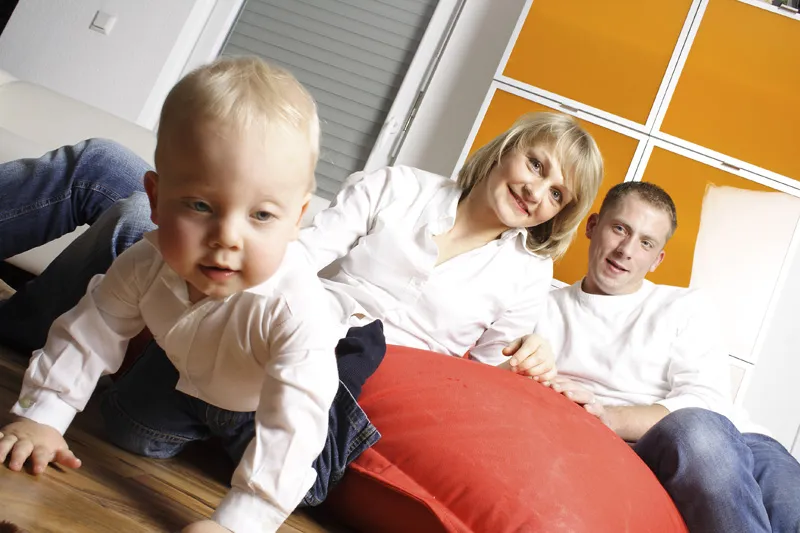
(Photo: Elli Bezensek)
What is also meant by "giving the children space" is that you do not ask them to pose motionless in one spot, but that they are allowed to let off steam in front of your camera. In other words, they can be photographed "in action". This is much more fun for the youngsters anyway, and the resulting photos are lively and show the little ones as they really are (at least most hours of the day).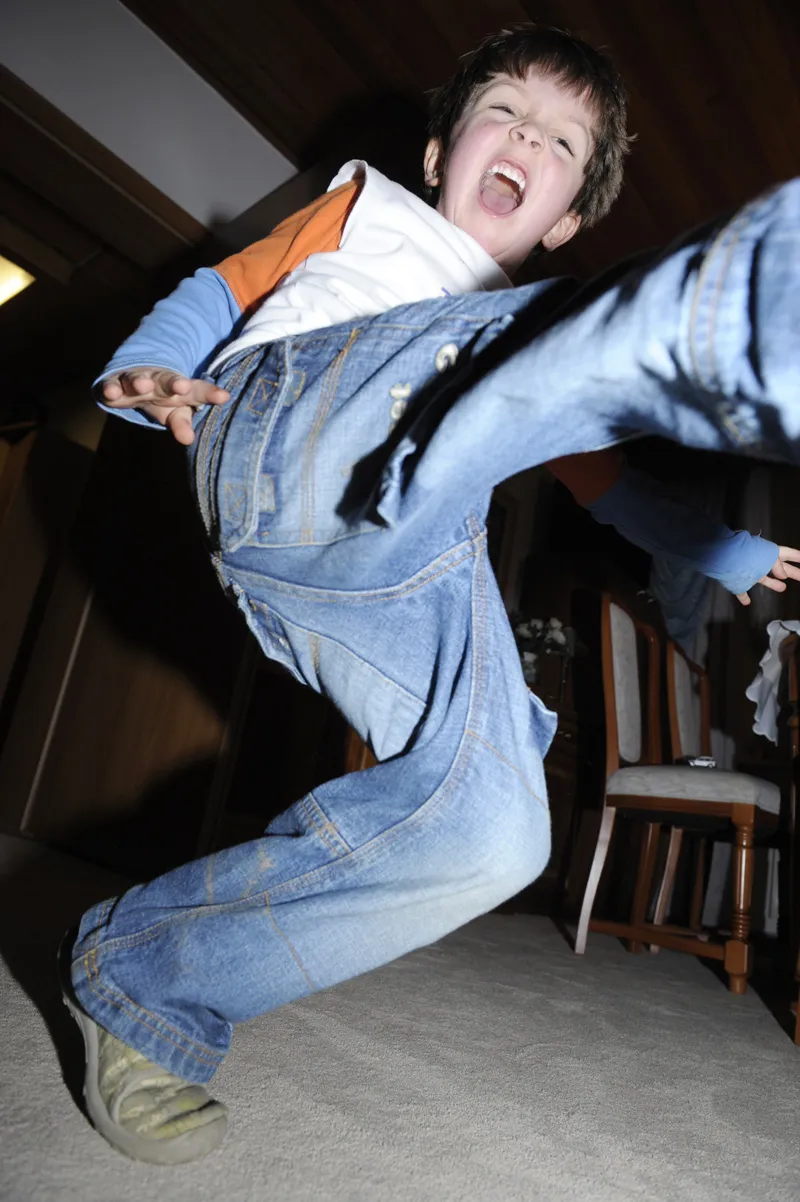
(Photo: Jens Brüggemann)
Courage to get close
Photos of children appear less distant if you choose close-ups. The best way to achieve this is by using telephoto lenses, as a photographer's point of view that is too close could cause discomfort, at least among the younger models.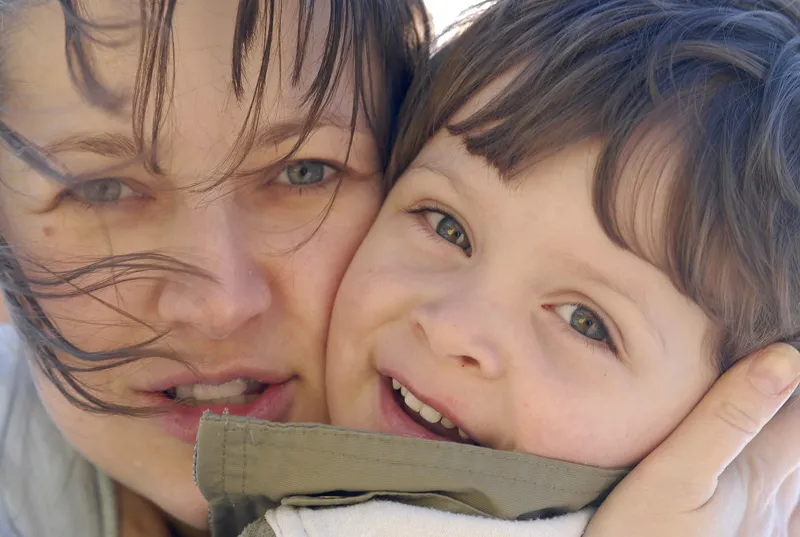
(Photo: Jens Brüggemann)
In addition, the facial features would inevitably be distorted if the photographer only used a normal lens or even a wide-angle lens. It is therefore better to use portrait telephoto lenses, which, thanks to their good light intensity, can often be used indoors in available light without any additional lighting aids.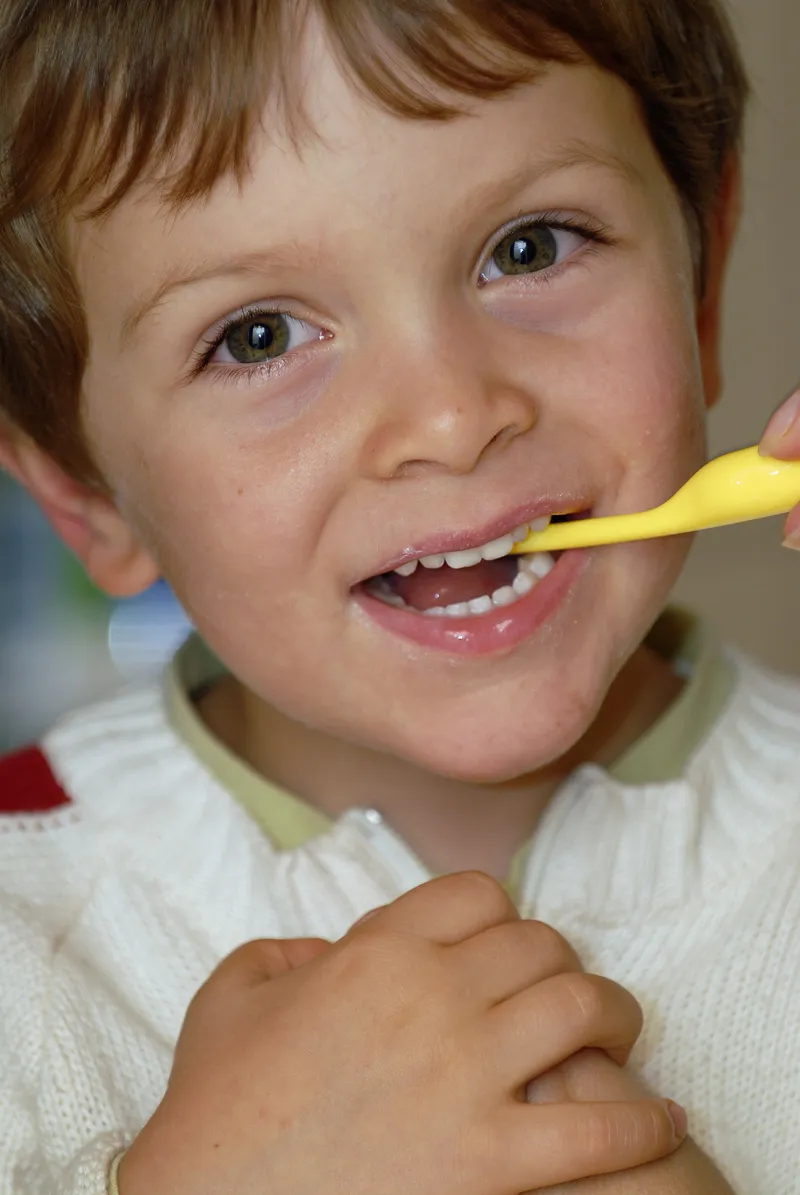
(Photo: Jens Brüggemann)
The typical portrait telephoto lenses are the following focal lengths: 85mm, 105mm and 135mm. Don't be too stingy when buying at least one of these fixed focal lengths, but rather buy the fastest possible version (for example 1.4/85mm or 2.0/105mm or 2.0/135mm) of one of the above lenses! It's always satisfying to be able to shoot great portraits of your offspring without any problems, while other fathers or mothers with the low-light zoom lenses of their compact cameras have already packed them away or "flash the whole mood to death" with a built-in flash...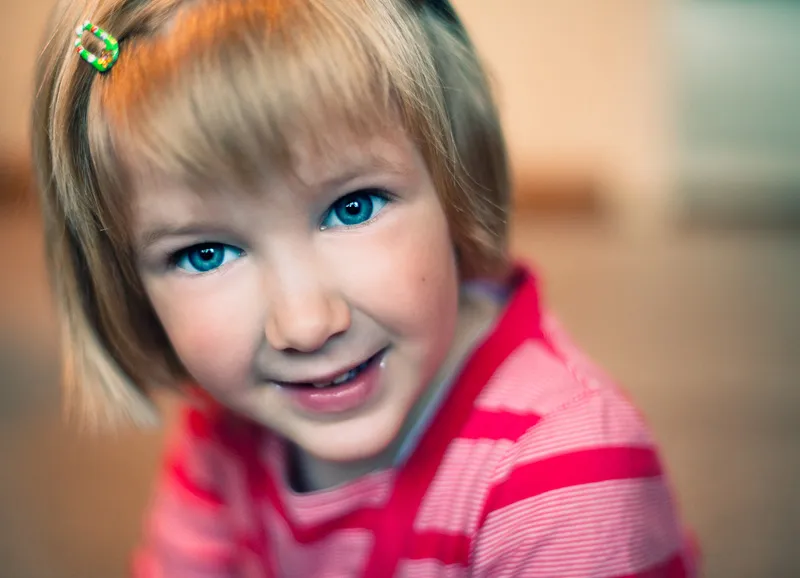
(Photo: Ramona Prosch)
Portraits taken from a close distance are more likely to be successful if the photographer and the young model know each other well. No one will be able to photograph a child as intimately as their own parents! It's lucky if mom or dad have enough experience and skill to make these wonderful moments a success. The following portrait shows the Hamburg photographer's two-and-a-half-year-old daughter (Canon 2.8/100mm).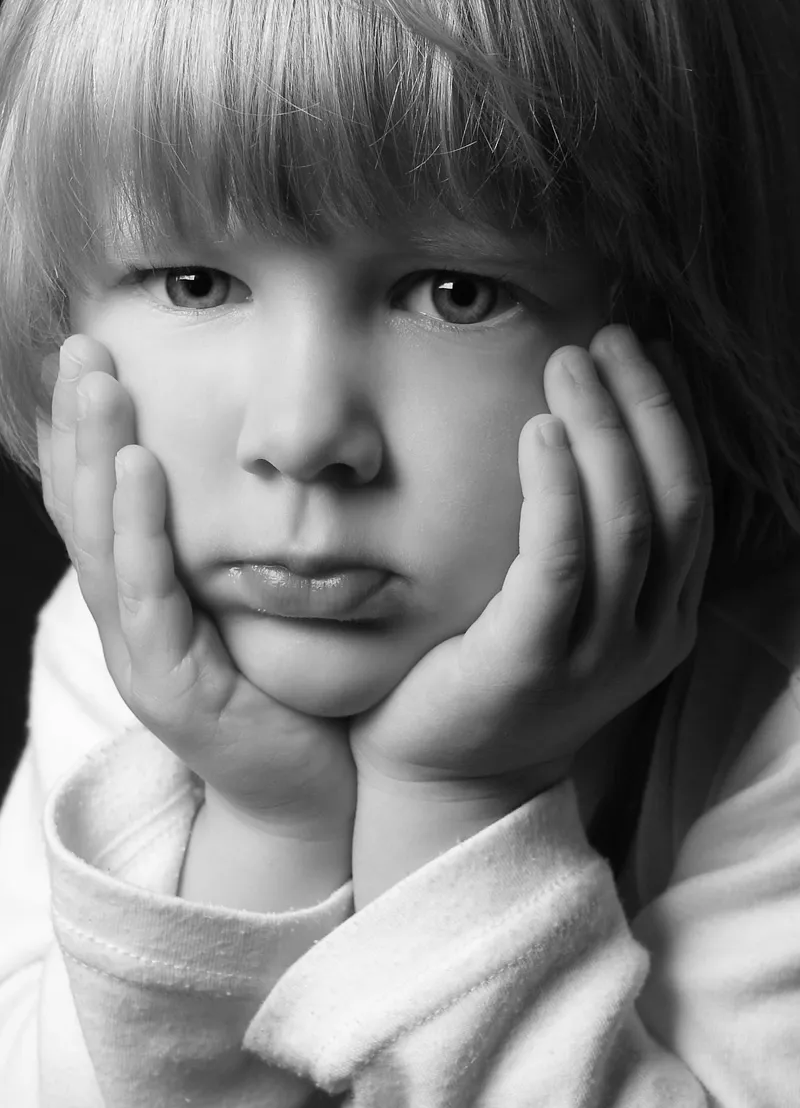
(Photo: Ramona Prosch)
Parents at a photo shoot
If you are not photographing your own offspring, but other people's children, they will rarely come to the photo shoot alone.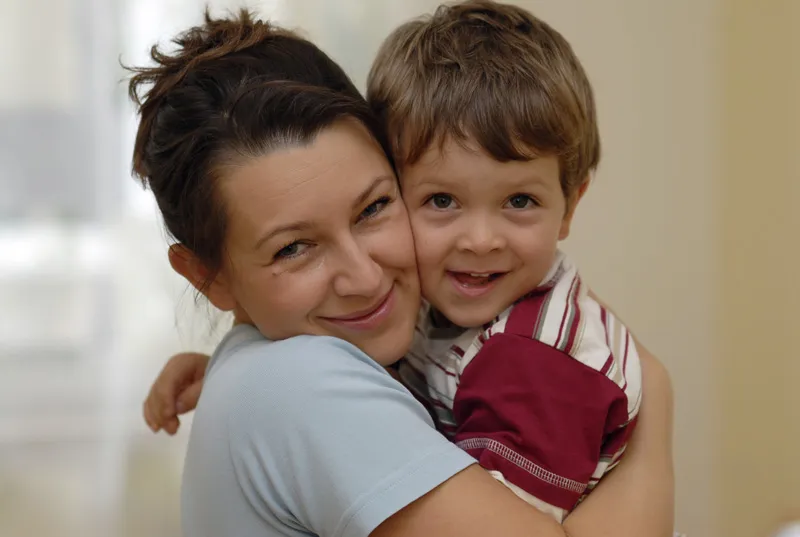
(Photo: Jens Brüggemann)
At least the younger ones will be brought by their stressed parents or dear grandparents.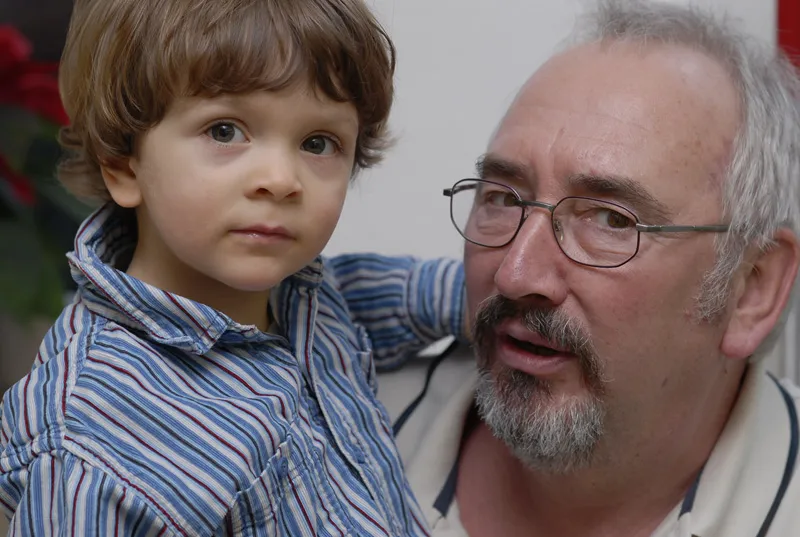
(Photo: Jens Brüggemann)
This raises the question of whether the presence of a parent or grandparent has a positive or negative effect on the quality of the photos, or how to ensure that the adults do not interfere with the photo shoot, but actually contribute to the success of the photos.
In any case, the child will be happy to have at least one parent (or both, or someone from the grandparents) at the shoot, at least until they reach puberty. This way, the child will not be shy and reserved, but rather courageous, open and bright.
(Photo: Jens Brüggemann)
If the accompanying adults are (or want to be) involved in the photo shoot, using them as animators so to speak, this can also have a positive effect on the photo results. Familiar people such as parents or grandparents (or even older siblings) can motivate and animate the little ones much more easily.
What child is going to get carried away so easily by a strange photographer, who they may even be seeing for the first time in their life? It's different when a trusted person (or several) takes on this task! (Photo: Elli Bezensek)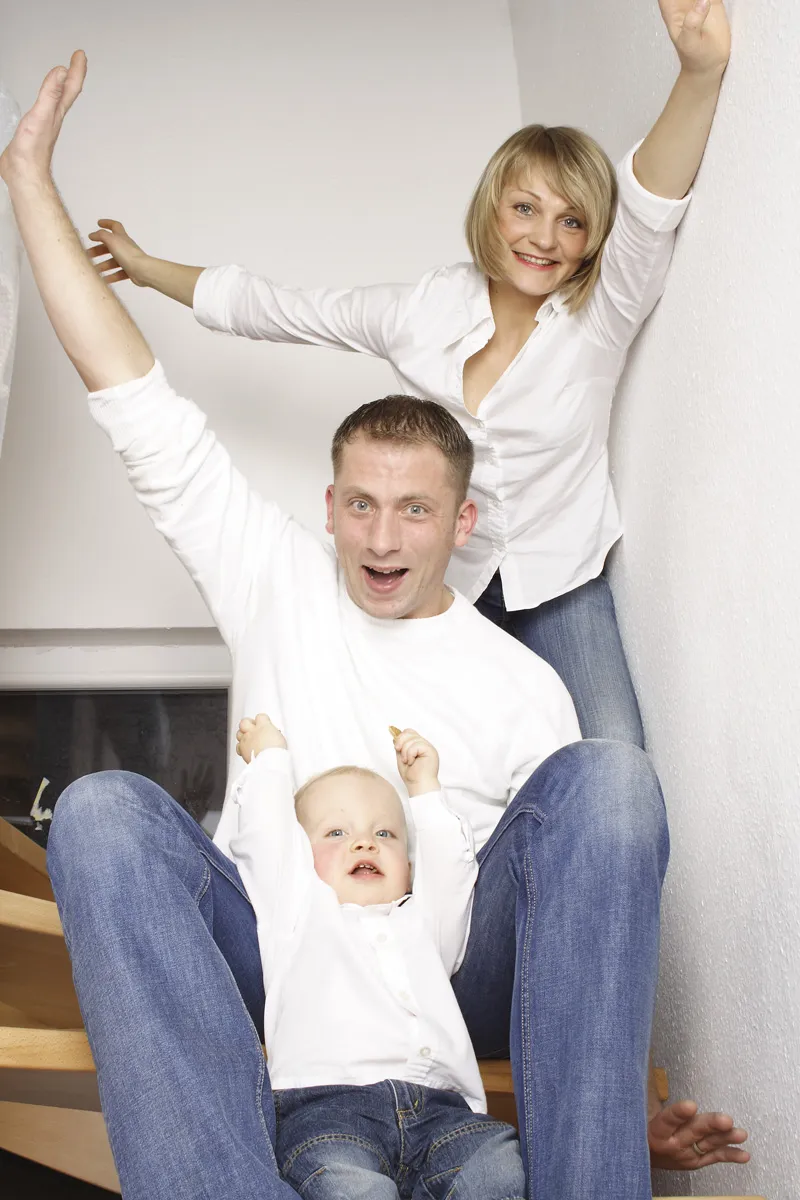
However, it is problematic if the adults do not want to (or should not) be in the picture and therefore stand next to the photographer during the shoot (and try to animate the offspring), because then the children look past the photographer in the direction of their wildly gesticulating mom or dad at least every second shot.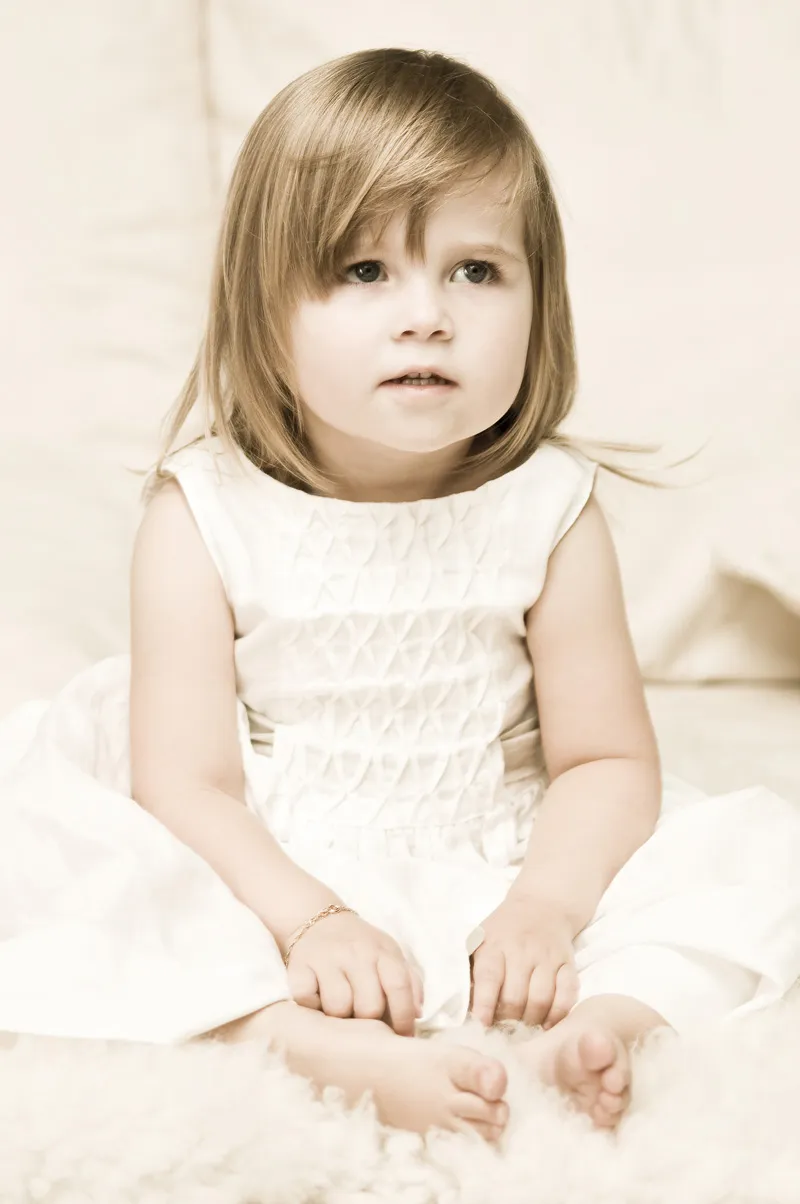
(Photo: Elli Bezensek)
So ask the accompanying person(s) to either come into the picture with you or to stay far enough away so that the young models are not distracted but can concentrate fully on you. In this case, however, you will have to take action to ease your young model's fear of the shoot and get them excited!
The photographer in this photo often uses the following clever trick to keep her young models in a good mood and enthusiastic: she places a gummy bear on the lens hood so that the children she is photographing follow her camera's every movement with wide-eyed joy.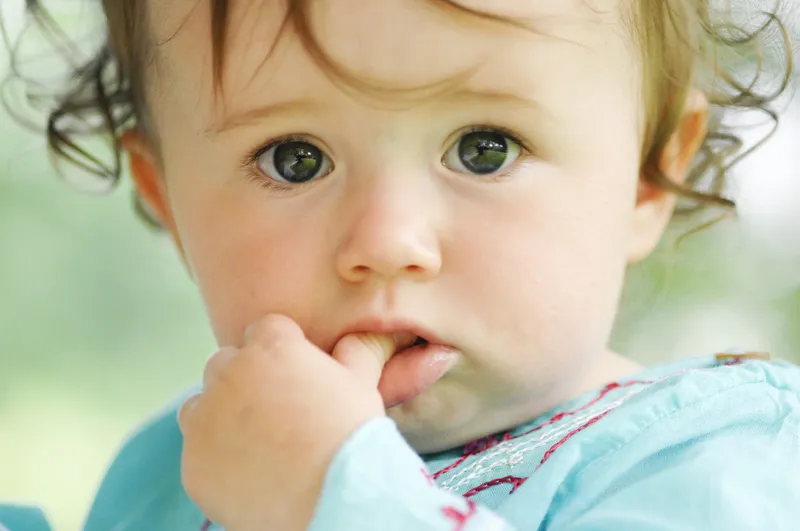
(Photo: Elli Bezensek)
Every now and then, the little ones get the gummy bear as a reward, but not without continuing to look in the direction of the lens hood to see if another gummy bear might appear in the same place ... 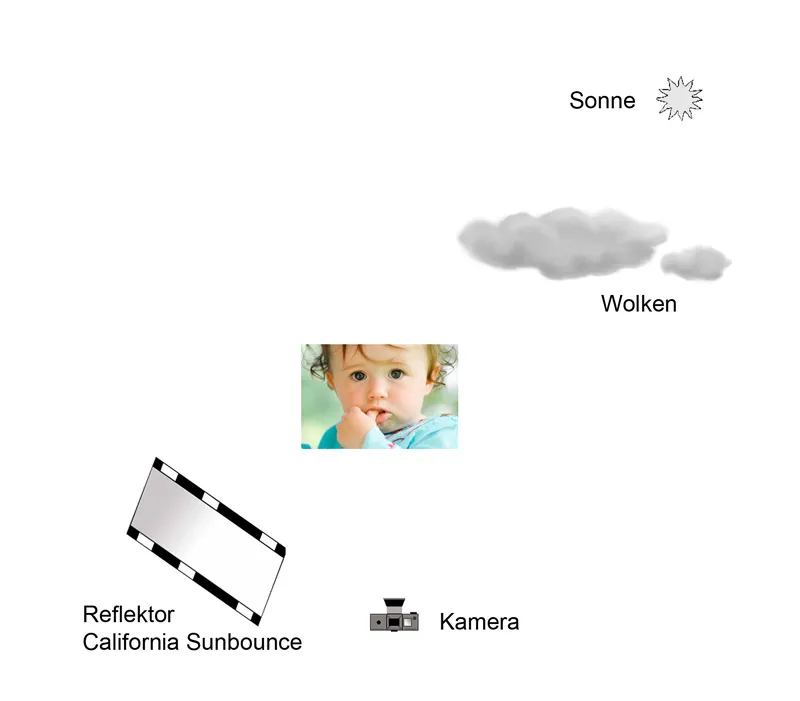
(Sketch: Jens Brüggemann)
Practice makes perfect
It is certainly useful and instructive to read photo textbooks and tutorials, attend workshops, take part in photo competitions or exchange ideas with like-minded people in a photo club. Ultimately, however, you only learn photography by taking photos.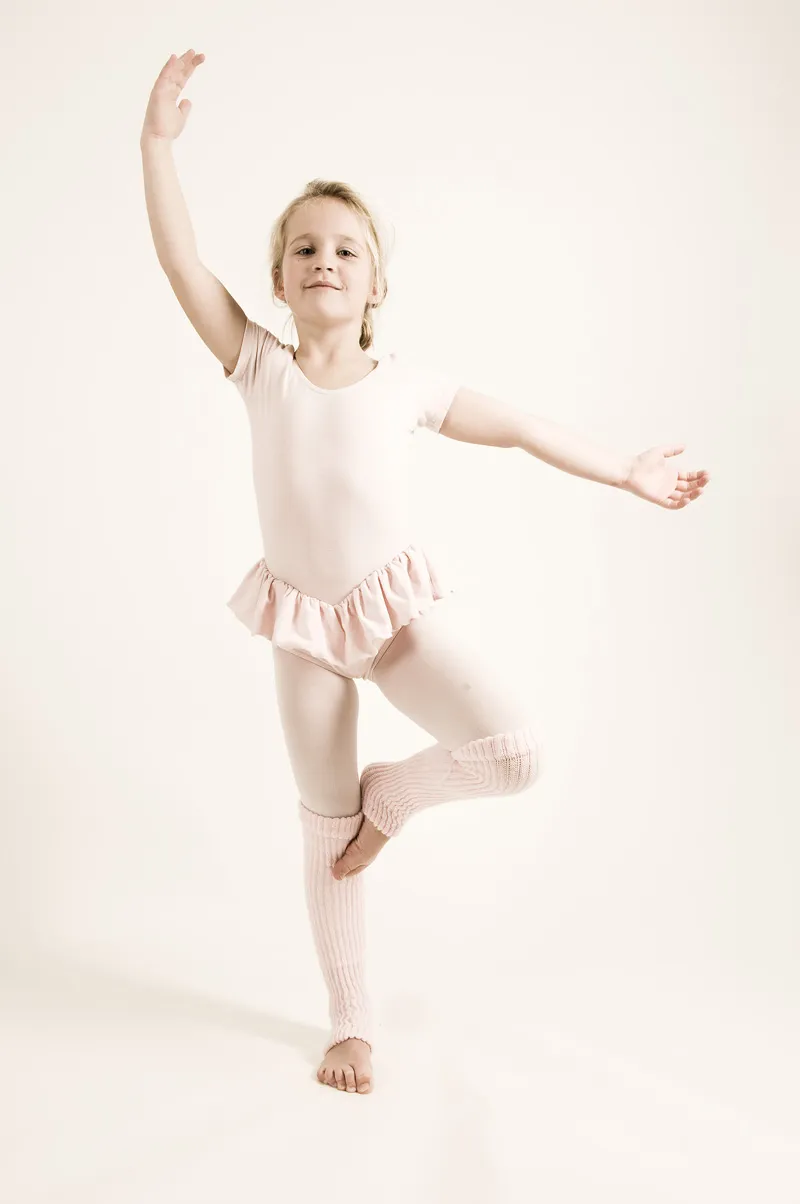
(Photo: Elli Bezensek)
So here's a tip that is guaranteed to lead to success in taking better photos of children: Practice! Practice! Practice!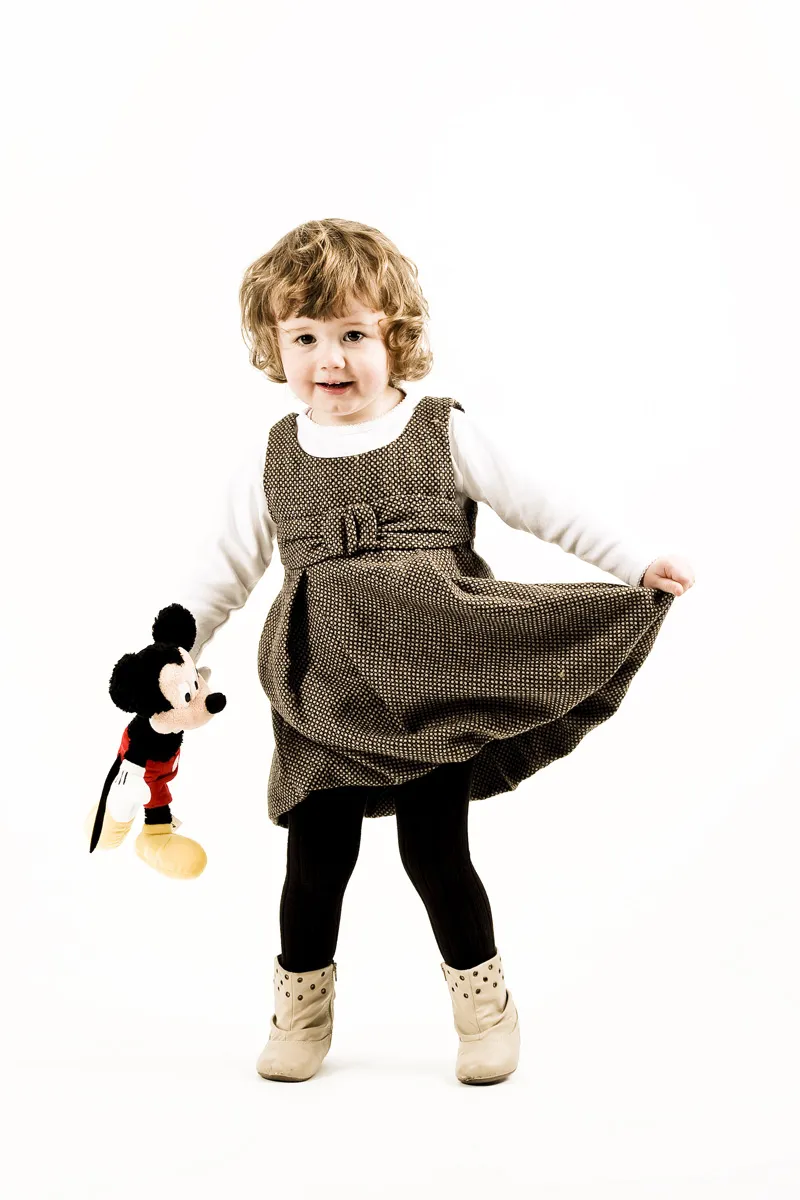
(Photo: Elli Bezensek)
Even if you should realize your own ideas, cultivate your own style, photograph your own point of view - during the learning phase, the exchange with expert people, i.e. other photographers, is quite useful and helpful to uncover any remaining weaknesses, to eliminate mistakes and to get general feedback on your work. But don't take photos specifically for your critics!
Stay true to yourself, don't let yourself be "bent"! Accept justified criticism, but don't take "nagging", which only results from different tastes, too seriously. Many people don't realize that photography is a highly subjective art.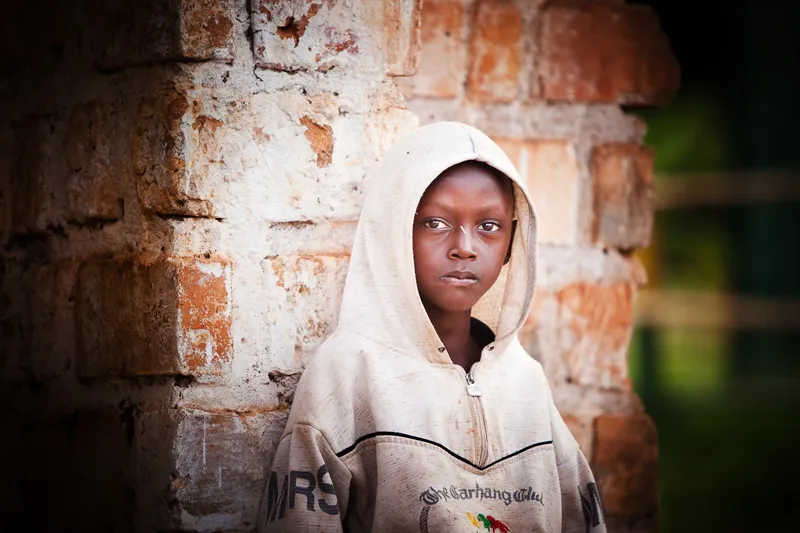
(Photo: Radmila Kerl)
Can't argue about taste? Yes, there is, but without being able to come to a "true" conclusion... So it's better to discuss the things that are "tangible" and in need of improvement, such as technical shortcomings etc.
Photos against boredom
Be creative! Don't take any 08/15 photos! Because there are already enough of them! Unusual ideas count, because children's photos are a dime a dozen.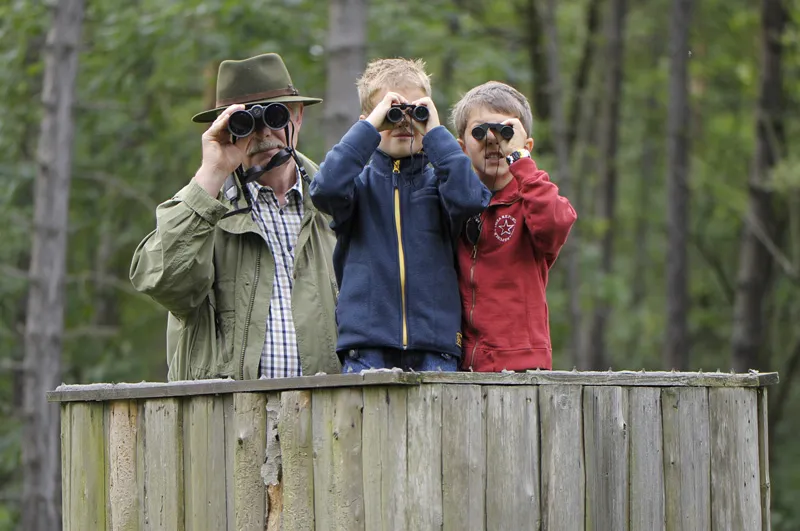
(Photo: Jens Brüggemann)
If you want your photos to be noticed, then you should come up with suitable picture ideas, work with movement or blurring, use props, turn unusual perspectives into great pictures, choose interesting lighting or unusual picture details, take photos in fantastic locations, with committed models, etc.; in short: anything is better than boredom!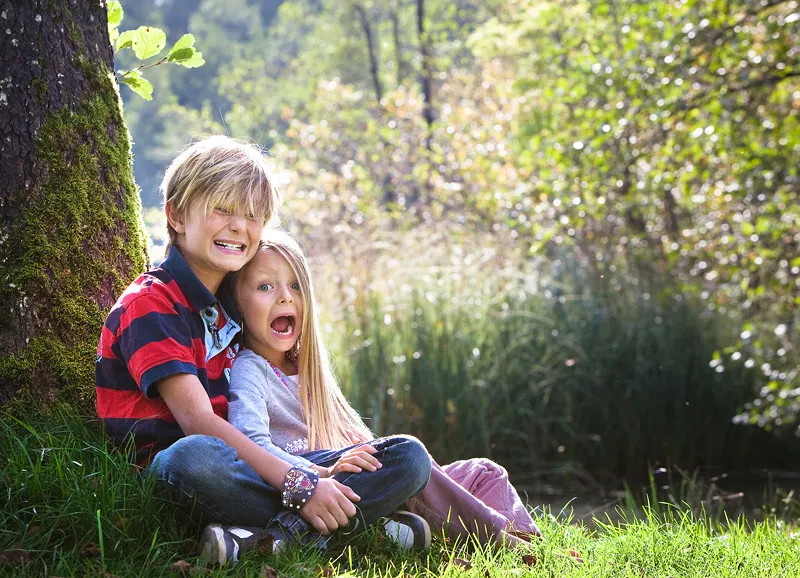
(Photo: Radmila Kerl)
Often you won't want to take any risks (for the time being) so that at least the first photos are successful. But once you have a few good photos "in the can", you should then, in the second part, give free rein to your creativity and simply try something new. I can say from experience that most of the photographic experiments I have carried out have turned out better than I ever expected.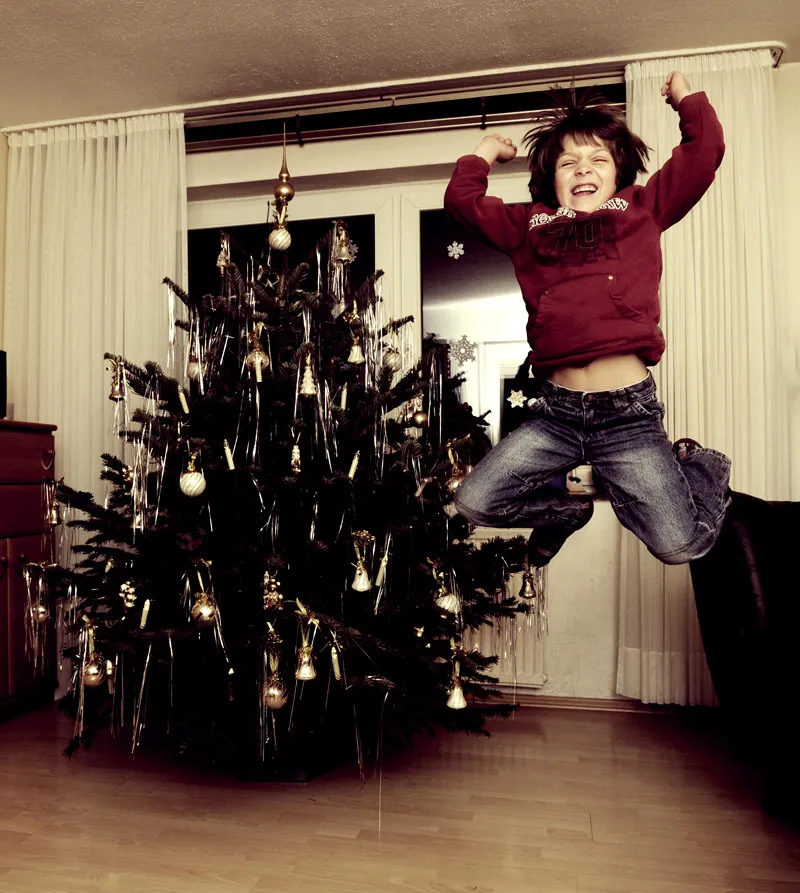
(Photo: Jens Brüggemann)
I like to compare this approach to figure skating: first the compulsory part, and then the free skating. Show what you can do!
Race against the clock
Take enough time if you want to photograph children! For two reasons: Firstly, you should - not only, but especially - get into conversation with children before you photograph them, talk to them, "warm up" to them. This is all the more important when it comes to children who are not your own.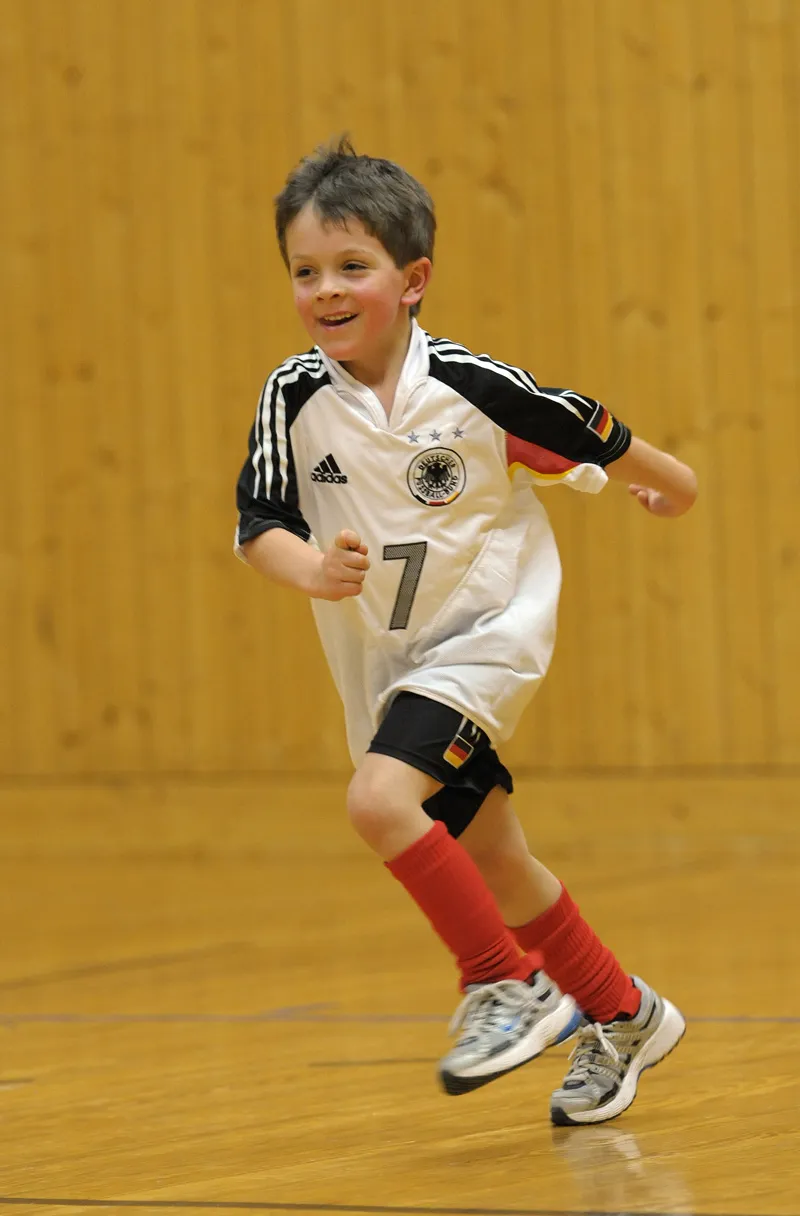
(Photo: Jens Brüggemann)
A successful photo shoot may also involve playing with them first to take away their shyness, to gain their trust, to be accepted. Secondly, nothing inhibits creativity like too little time. Anyone who has ever had to work creatively under time pressure will confirm this. The closer the end of the shoot approaches, the more nervous the photographer and model become, especially when ideas still need to be put into practice.
So make sure you take enough time to photograph the little ones! This won't always be possible, but perhaps important time-consuming things can be prepared in advance of the photo shoot (for example, setting up the flashes, attaching the brighteners, inserting and formatting the memory card in the camera, checking or adjusting settings, setting up props, preparing the background, etc.)? This way the kids don't have to wait and you have more time during the photo session to take care of the young models.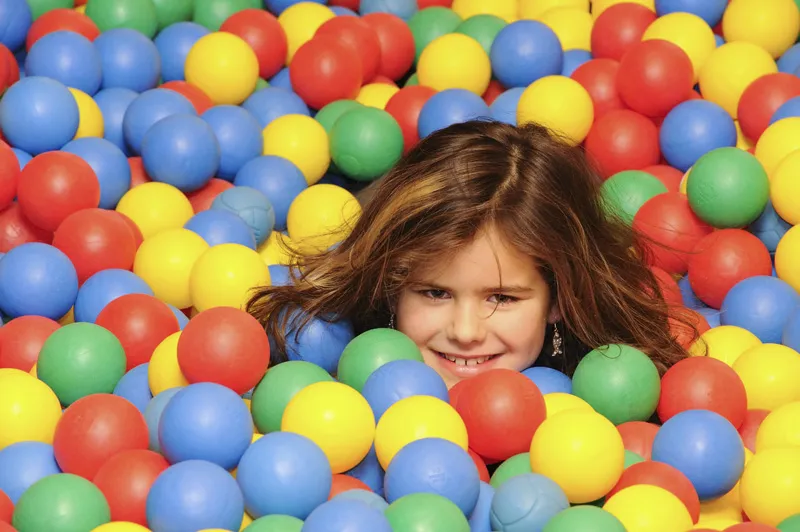
(Photo: Elli Bezensek)
Constant image analysis
A constant - critical! - image analysis is necessary in order to learn from your mistakes and not to stand still photographically.
Questions such as "What did I do right? What did I do wrong? What could I do better next time?" force the photographer to look at his pictures. Be critical of yourself and your photographic work.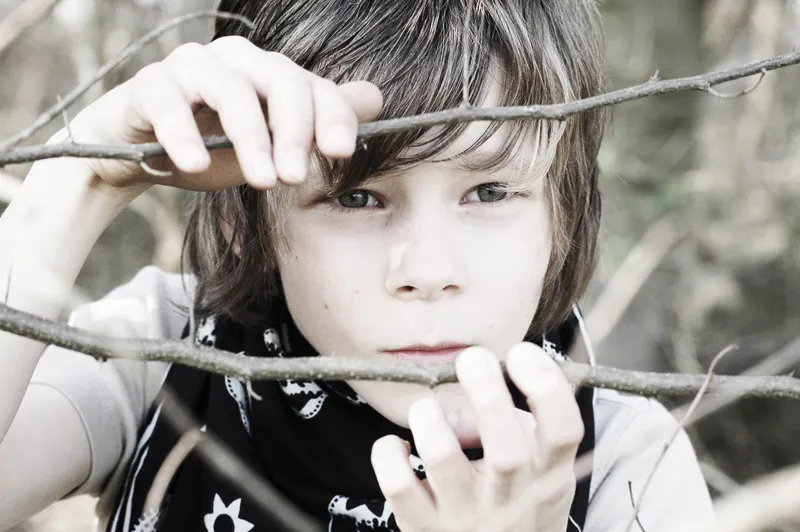
(Photo: Leonie Ebbert)
Just because they are your own children, you will see many photos with completely different eyes and find them much better than if you had photographed other people's children. A "neutral" viewer would look at some of your children's photos from a much more distanced perspective and often come to a completely different conclusion than you would.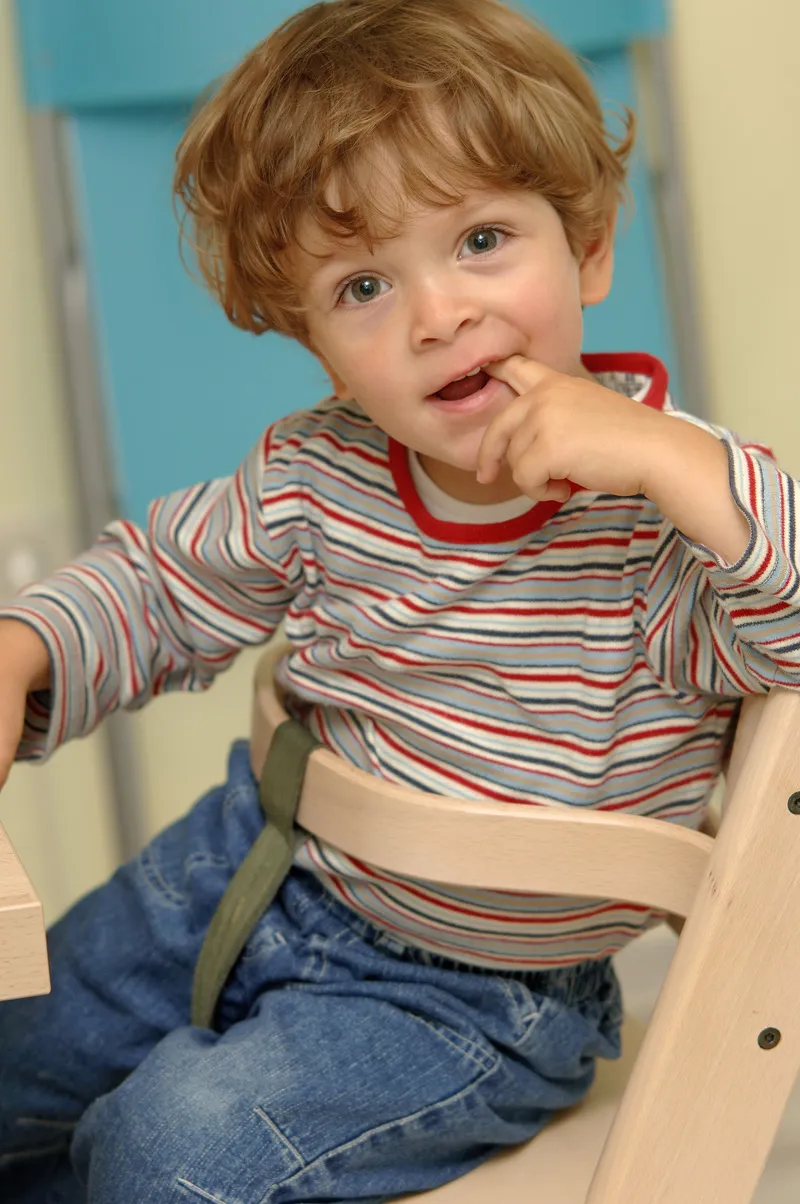
(Photo: Jens Brüggemann)
Nothing is as valuable as a really stupid mistake! If you learn from it. Because if you are really annoyed about a photographic mistake, it ensures that you will never make the same one again. And in this respect, this mistake has taken you much further than any successful photo.
Conversely, this also means that you can occasionally pat yourself on the back when a photo is particularly successful - if there is reason to do so! If you can criticize yourself, you can also praise yourself - and reward yourself. So have a glass of good wine to celebrate your success, or, if you're not as fond of alcohol as I am, buy yourself a new lens (or a flash or a camera or...) as a reward!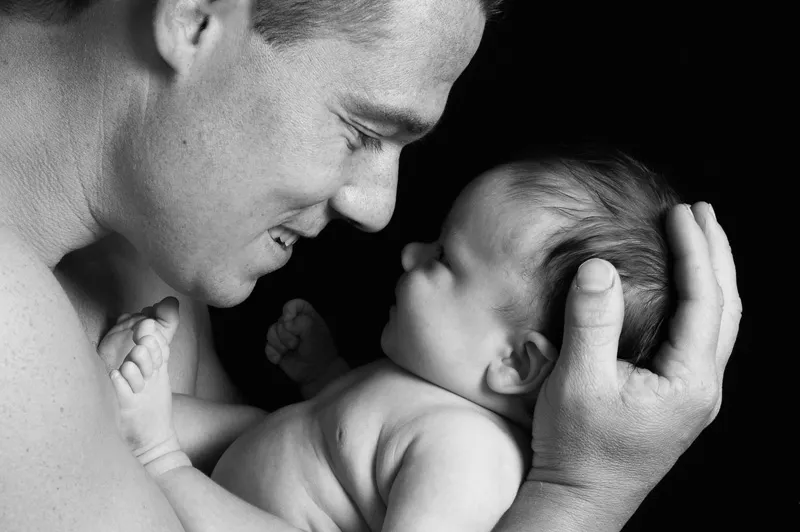
(Photo: Leonie Ebbert)
